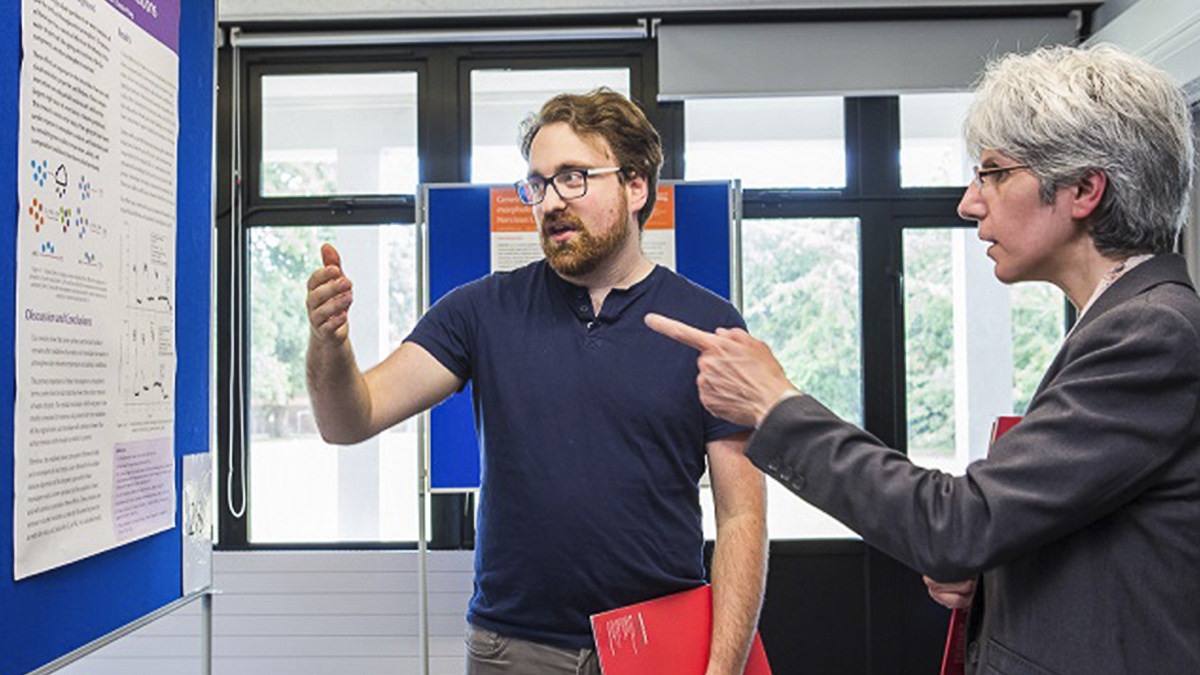Ben Wōden's PhD project, spanning chemistry and meteorology, investigated the atmospheric ageing of mixed organic surfactant monolayers at the air-water interface, which will help improve climate prediction.
Surfactants are compounds in which one part of the molecule (the head) is attracted to water, and the other part (the tail) is repelled by it. This means that they form very thin films (monolayers) on the surface of droplets of water, with heads in the water and tails in the air.
Climate and weather models don't accurately represent small-scale processes such as cloud droplet nucleation and growth (there isn't enough computing power in the world for that).
Instead, small-scale models of cloud growth and behaviour that explicitly represent molecular-level processes are used to create generalised large-scale rules for the behaviour of cloud cover in various conditions. These are then used in the larger-scale models.
Ben's research investigated the ageing and activity of nanoscale thin films formed on the surface of cloud droplets by surfactant emissions from a variety of natural and human sources.
These thin films alter the properties of clouds in ways that are currently only partially understood and generally poorly represented in climate models.
These films vary enormously in their lifetimes in the atmosphere. By studying the way they react with key atmospheric oxidants such as ozone in a variety of conditions, Ben hoped to improve understanding of the scale and nature of their likely impacts upon cloud formation and properties.
“My key finding was that many of the more reactive films, which might be assumed to have an impact only over a short timescale because they oxidise quickly in the atmosphere, actually produce stable films as products of these oxidation reactions in certain conditions.
"This means that they could affect cloud properties over a longer period of time than would be predicted if only the effects of the film formed by the initial surfactant film were considered.”
Ben's research will help make our understanding of the small-scale system better, which should allow better approximations to the small-scale system to be incorporated into the large-scale models.




